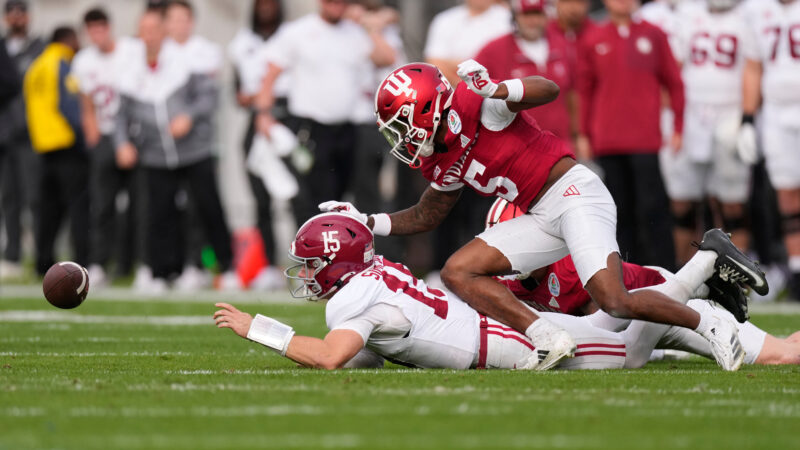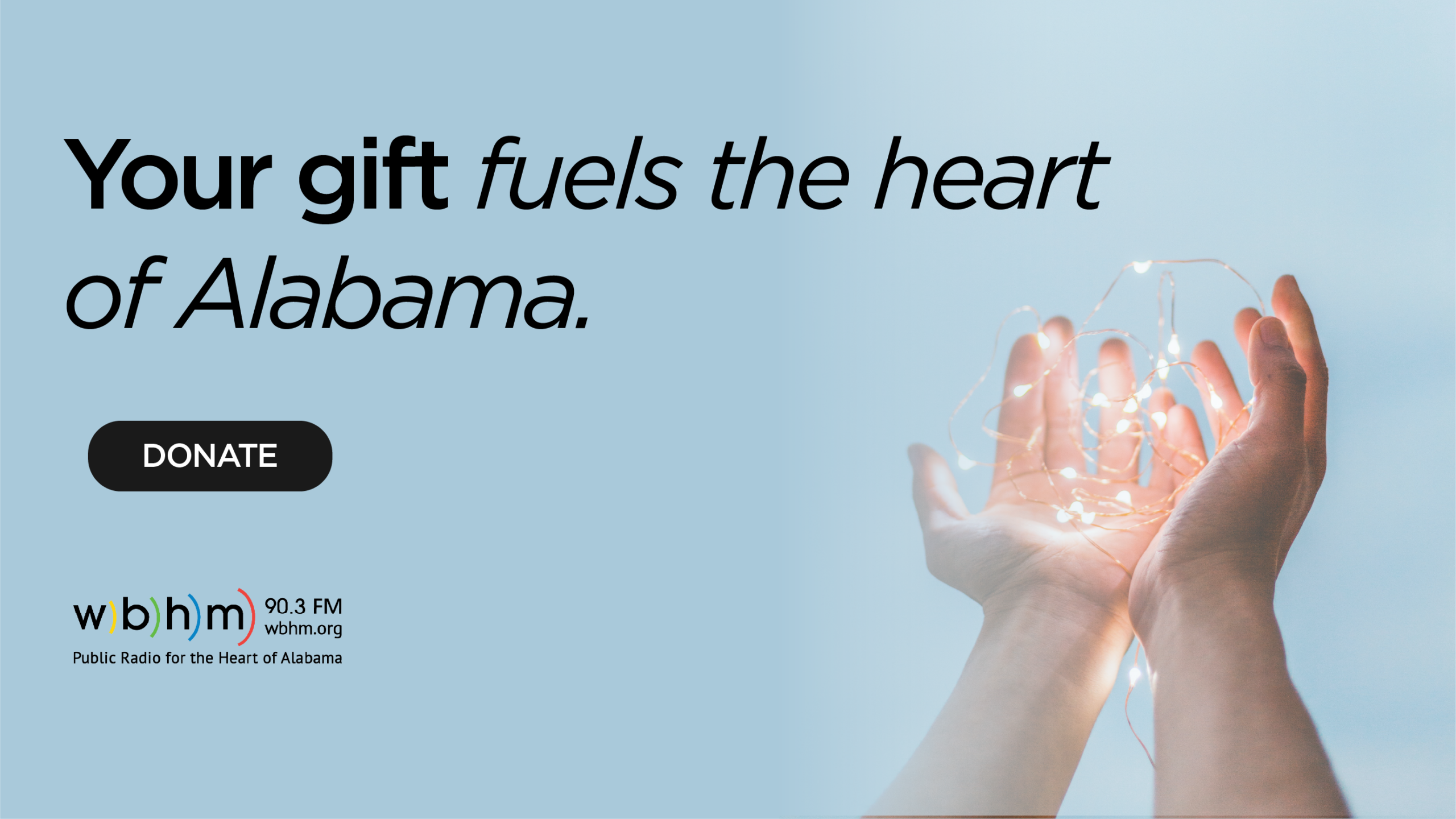New Orleans’ Return To Cultural Parades Is A Step Toward Healing In The South
New Orleans was a hotspot for COVID-19 cases and deaths at the start of the pandemic and many of the attractions that bring people in from across the region – from Jazz Fest to the bustling bar scene on Bourbon Street – were halted. But an event last month offered a glimmer of a hope for a return to normalcy.
New Orleans’ Mardi Gras Indians held a second line funeral, a parade for family, friends and strangers to honor local icon Keelian Boyd, otherwise known as Big Chief Dump, of the Young Maasai Hunters tribe. He died from heart failure March 28, 2021.
It was one of the first major Mardi Gras Indian burials and parades since the city shut down.
New Orleans is now in modified Phase 3, where social distancing and masks are still required, but gatherings of 500 people and live music are permitted. City officials say second line parades are only allowed with permits.
“During this pandemic, this is like one of the first big culture events, so it’s like bringing a family together,” said Belden “Noonie Man” Batiste, of the Yellow Pocahontas tribe.
See more photos and read the full story from our partners at WWNO here.
This story was produced by the Gulf States Newsroom, a collaboration between WBHM, Mississippi Public Broadcasting, WWNO in New Orleans and NPR.
Is Trump taking too much aspirin? Here’s what experts say
Trump takes four times the recommended dose of aspirin for cardiac prevention. Even low-dose aspirin is no longer recommended for people over 60 who don't have heart disease.
Yemen’s separatists announce a constitution for an independent south
The move comes as an escalation of a confrontation that has pitted Gulf powerhouses Saudi Arabia and the United Arab Emirates against each other.
DHS pauses immigration applications for an additional 20 countries
The Department of Homeland Security is pausing immigration applications from 20 additional countries following increased scrutiny on people who seek legal pathways for immigrating to the U.S.
What worked — and what didn’t — in the ‘Stranger Things’ finale
Between the final battle and some key needle drops, there was a little too much talking.
Alabama can’t stage another CFP comeback, has no answers for Indiana in Rose Bowl rout
The Crimson Tide tried everything possible to stage a historic comeback on the site of so many memorable moments for the program. Star quarterback Ty Simpson having to take himself out of the game in the second half because of a cracked rib did not help matters in what ended up a 38-3 loss to the Hoosiers.
Led by Mariah Carey, holiday songs dominate the charts for one last week
This was destined to be a Christmas-y week on the Billboard Hot 100.






